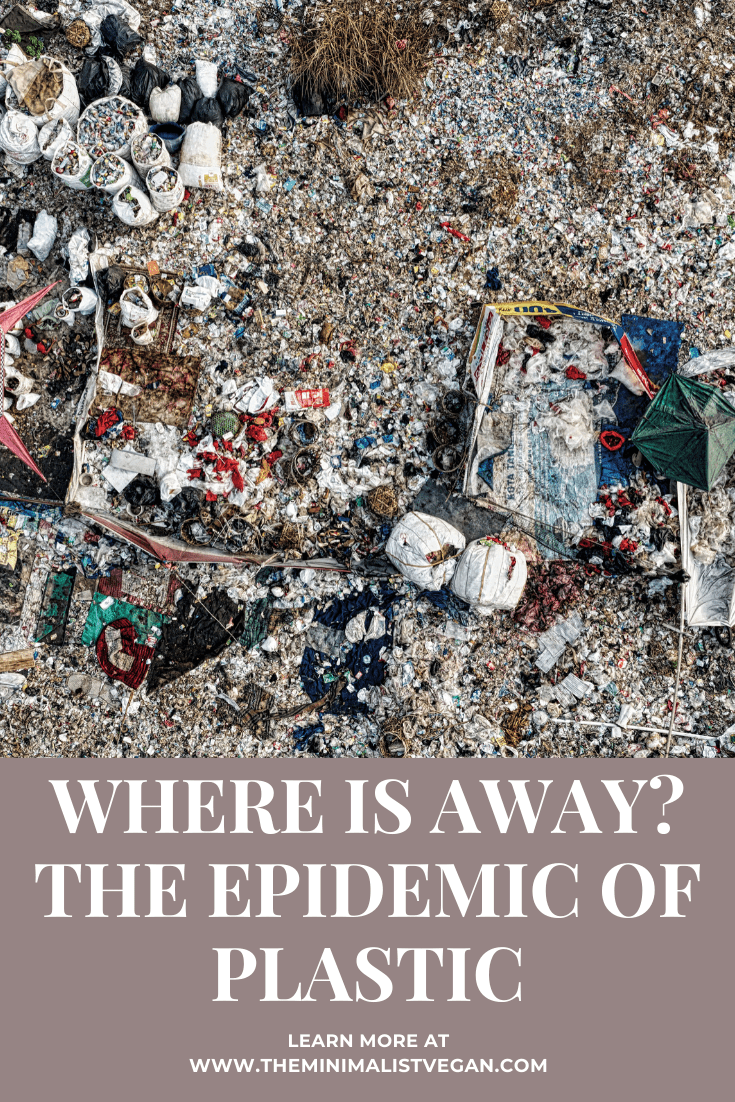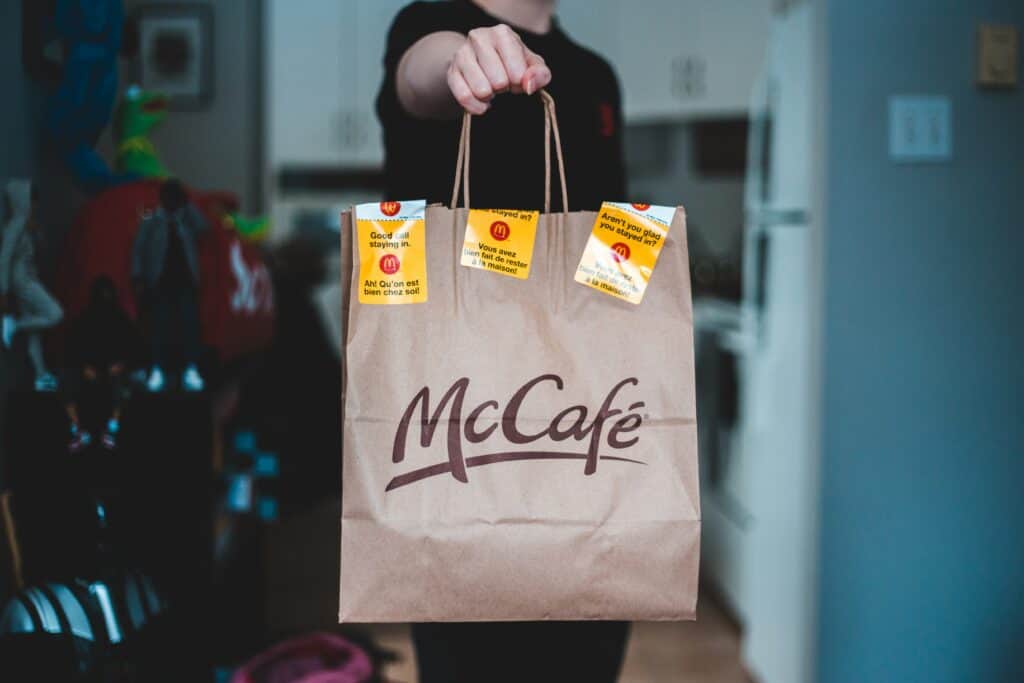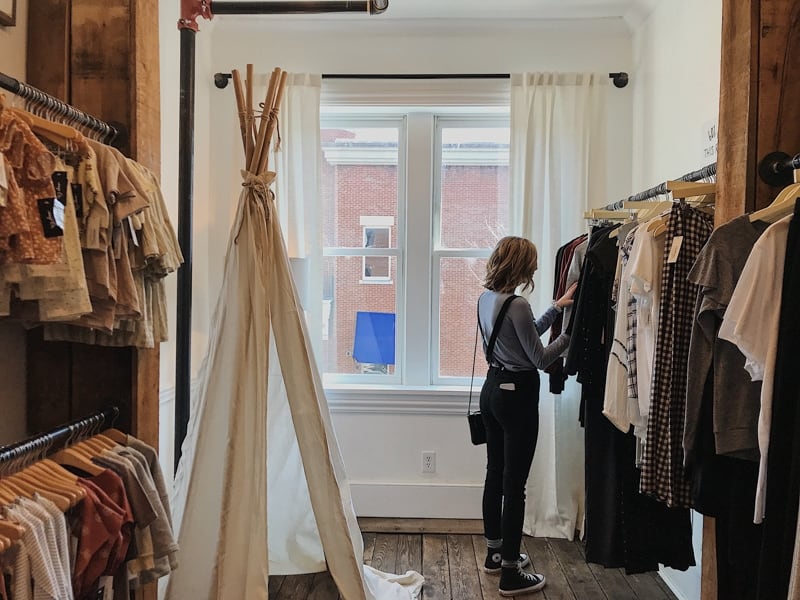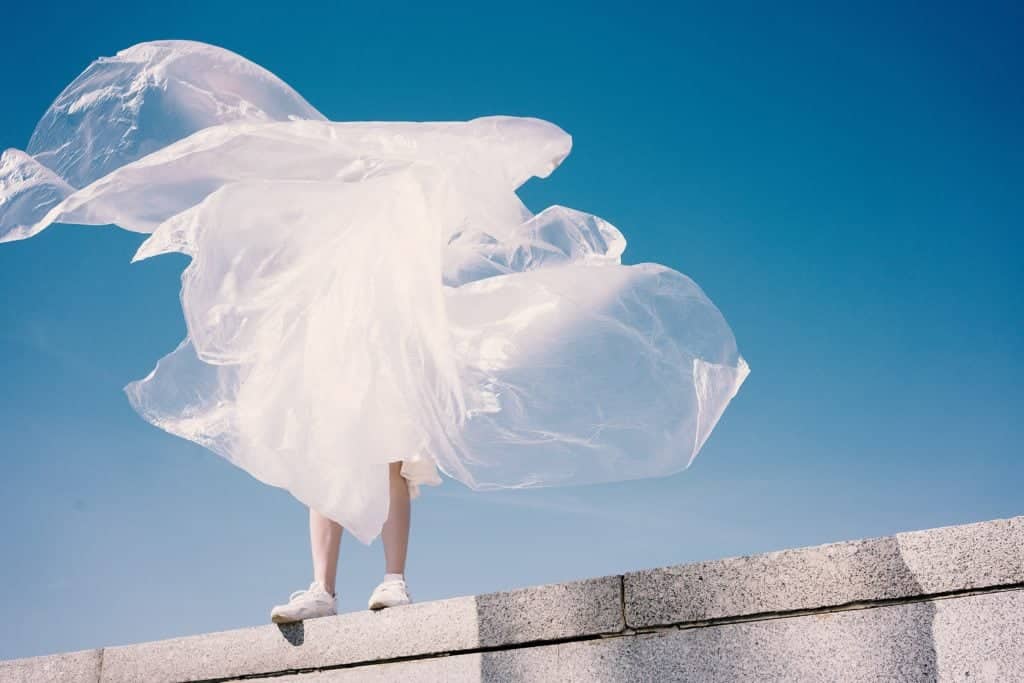Have you ever considered that all the plastic that has ever been created on this planet since its existence in the 50s is still here today? Let that sink in for a minute…
The idea of throwing something away is a puzzling concept.
Julia Lorraine (aka “Butterfly”) Hill, an environmental activist, raises some interesting concepts. Where is away? When you think about it, there’s really no such thing.
Where “away” is, is typically a battle for social and environmental issues. No one is on the receiving end of the ‘away’ benefits. The disadvantaged communities living in rubbish, the sea and land animals that die from consumption or entrapment of plastic, and the environment that pays the price for our convenience.
Away for people is out of sight, out of mind. It’s not my problem; someone else can deal with it. Who is that someone else? Why are we not individually held responsible for what we do?
It’s not only the aftermath that has a detrimental impact. All plastic bottles, bags, takeaway containers, straws, food packaging, is made out of the fossil fuel that is being dug up in places like Colombia, Alaska, Africa, Ecuador, and countless others.
“Nothing lasts forever. Except Plastic.” Anonymous
It takes up to 500 years for plastic to degrade. Talk about longevity! This isn’t in a good way though. Because once it starts to break down bit by bit, it begins to leach harmful chemicals into our land and oceans when no longer in use. However, even when we do use it, for example as a plastic bottle, it will leach harmful endocrine-disrupting chemicals into the water that we drink. Have you noticed that more and more brands are trying to avoid using plastic?
Plastic is simply unsustainable. For something to be created as a disposable, it is saying that we are happy to be throwing the planet and all life on it away. As the word suggests, disposables are created to be used once and disposed of. Think about the amount of waste we create per flight, birthday party, Christmas, Halloween and any other holiday or party.
We don’t think an item that might be used for a few minutes will end up in landfill in a matter of days, taking hundreds of years to break down, with its own set of nasty side effects.
We have grown up in a world with a disposable culture. We have become so used to it that we don’t think twice about it. The way that we live has stated that we take it for granted and that we have lost connection to Mother Nature and what is around us.
We are showing ourselves and all life on this planet, that it doesn’t matter. We have turned waste into weapons of mass destruction. I simply have to go for a walk around my neighbourhood on rubbish collection day to witness how trash is slowly making its way into nature, and how overflowing everyone’s bins are after just one week! I might add that we live in a pretty beautiful, clean area.
Disposables aren’t the only problem
20 to 50 million metric tons of e-waste are discarded every single year, according to the United Nations. That is astounding! Our addiction to always wanting the latest and greatest comes at a price.
I’ve been using the same phone for over three years that was a hand-me-down. I’ve also had my laptop for almost a decade. I’ve been asked on multiple occasions why I don’t upgrade. I simply don’t need it.
Yes, it can be a little slow at times, but I would rather that then have to waste resources needing to pull it apart to be reused. Just start considering the afterlife of the product.
When it comes to toasters, kettles, microwaves, fridges, cameras, TV’s, and so many countless other electronics, they are made to “break” after a certain period so that you would upgrade – especially the former small appliances. New versions are always being released. I mean, does anyone need a TV inbuilt into their fridge?
E-waste also seems to be the last thing that we all dispose of because we never know if we’ll need it again, right? That spare TV you’ve held onto because you can’t sell it online and you feel like it’s such a waste because it’s still in perfect working condition so you don’t want to take it to the tip. I’m pretty sure we’ve all been there.
The devastating effects on the ocean
We have a chapter dedicated to this topic in our book. We’re passionate about spreading this message among others.
After watching the documentary “A Plastic Ocean”, it was made so clear that plastic is completely destroying not only the land but the ocean and all life that depends on it.
Birds are found dead because they mistakenly eat plastic thinking it was food floating on top of the ocean. Turtles are getting trapped in old fishing lines that have been dumped by fisherman and not surviving because they can’t get out.
Besides the frustrating reality of the fishing industry and the amount of bycatch that’s happening every single day, plastic in our oceans is causing a great deal of pain.
One thing that has been around since the early 90s is garbage patches floating in the ocean. There are five islands spread around the world, but the largest one is situated between the coast of San Francisco and Hawaii. It weighs 88,000 tonnes—which is equivalent to 500 jumbo jets! It’s three times the size of France and contains 18 trillion pieces of plastic. That’s no small job to clean up.
Besides all the seen plastic that ends up in the ocean, there’s another hazardous type of plastic that is sweeping the seas called microbeads. Microbeads can be found in personal care products such as face cleansers and exfoliants, shaving gels and toothpaste.
These products are used in conjunction with water, therefore make their way down our waterways and eventually into our oceans. If we’re not in the oceans, they end up in our drinking water.
Another reason to give up cheap, chemical-filled personal care products. With the use of products like toothpaste, we put the microbeads in our mouth—even if not swallowing, while we brush our teeth. These fine microbeads can be absorbed through our salivary glands (underneath our tongue), where the plastic particles go straight into our bloodstream. Scary stuff, I know. Why it hasn’t been banned all over the world is simply puzzling to me.
But there’s a way out
Now, I didn’t give you all this information to make you feel helpless and get you to put your hands to your head and start weeping. I gave you all that to make you think, to make you feel like it’s time for a change, even if it means being fuelled by a little bit of anger.
There’s change happening; the unfortunate thing is that it’s not happening fast enough. We’re still extracting fossil fuels at a much faster rate than it is being made—not to say that I think it’s a good idea, to begin with!
But there’s social consciousness happening when you look around. For me here in Canberra, Australia, I can see a lot of change. Not as much as I would like, but still more is being done than it was a decade ago. We need to be able to celebrate progress rather than always look for what is still wrong.
This is the only way that real change will happen. People will feel like they can make small, manageable changes that will make a more significant impact.
Here are some ideas to get you started if you haven’t already:
- Take a bottle of water with you wherever you go. Don’t buy it.
- If you get takeaway drinks, bring your own mug or keep a cup. There are so many on the market today!
- Bring reusable, sturdy shopping bags with you when you shop for groceries. Reject the single-use ones at checkout.
- Say not to rubbish bags—simply put contents in the bin and then wash the container out before use again. The amount of money we waste to throw something straight out is ridiculous! Even if it’s a compostable one.
- Shop in bulk stores where you can bring your own containers and jars to fill up. Opt-out of buying food in plastic packaging.
- Buy personal care products in glass or metal tins instead of plastic. Look for small, local producers that can also reuse or recycle their own packaging once you’ve finished with it. Etsy is great to find those niche makers, and while you’re there, ask them to supply your local store.
- If you have unavoidable packaging, I recommend you join a recycling program near you. Terracycle is great for that. Also where I live, local supermarkets recycle soft plastics. In addition, you can do searches to see where things like batteries and old rags can be recycled in your area.
- Fix and repair things, instead of throwing them away and buying new things.
- If you’re interested, we’ve listed over 100 tips to live more sustainably.
In the end, it’s up to each individual to contribute and make a change. It’s a collective effort. This is the only way that we as a global family will help future generations have a beautiful, nature-rich planet to enjoy. Every little bit counts!
What are you doing to help reduce plastic and waste that ends up in landfills and our oceans? Share them in the comments section below.







I shop at Aldi for groceries. They don’t give out plastic bags, so we use cardboard boxes or reusable bags. We also save glass jars and use them to store rice, beans, oats, and lentils. Also my partner and I do go through dumpsters at grocery stores for extra food, even though we are relatively well off. It is amazing how much perfectly good food is thrown away because of an arbitrary date on the package.
Hi Dominic, that’s great. Aldi is good like that. The only issue is that most of the products still come in plastic packaging. I personally love shopping at zero-waste bulk stores to cut out that packaging completely 🙂
That’s awesome that you do dumpster diving! It’s a sad reality of how much perfectly good food gets thrown out every single day. It’s more apparent when you see it first hand. Keep it up!
Hey, Barbara! I have those bags for produce and they are great. Durable – I wash them frequently and the stitching is good. Lightweight – they don’t even weigh an ounce each. Plus the stores where I shop give me bag credit for using those. I love not using those plastic bags for my product. I also take my own glass containers to refill with peanut butter, rice, oats, etc. I’m certainly not doing all I can but I’ll keep working at it.
Thanks for sharing your feedback on them Pam 🙂 Zero-waste bulk stores are great for your pantry essentials. I’m sure you’re doing more than most of the world’s population.
Jenni I feel the same way. Where I work I’m the only person there that cares about planet. Everyone looks at me like I’m crazy and makes references about hippies of the 60’s. These posts give me hope!
Keep your head high and keep doing what you’re doing 🙂 Thank YOU for caring!
I found these on the amazon website. I am going to order them. I buy so much produce.
https://www.amazon.com/d/Reusable-Grocery-Bags/purifyou-Reusable-Double-Stitched-Lightweight-See-Through/B01ISYOL40/ref=sr_1_5?ie=UTF8&qid=1551016633&sr=8-5&keywords=bags+for+produce
Hi Barbara, these are a great starting point! The only thing that concerns me is that they are made of plastic, however still much better than disposables! Next step would be to buy organic cotton ones 🙂 Good on you for taking the step in the right direction.
Terrifying statistics about our floating garbage in the ocean. I’m sorry to say that I just don’t think enough people care. I feel doom and gloom about this, in addition to the general plastic waste I see everywhere, every sports event I go to has bins full of disposable drinking bottles and other plastic crap. Despite this I keep trying and it is newsletters like yours that help me to try and be positive.
I know right!?! When I first found them, I didn’t want to believe it was true! I know, it’s the sad reality. At the end of the day, we can only control what we can do as individuals and spread the word (like this article) to help others realise that they should start doing the same.
Glad to hear you enjoy our newsletter! Keep up the good work 🙂